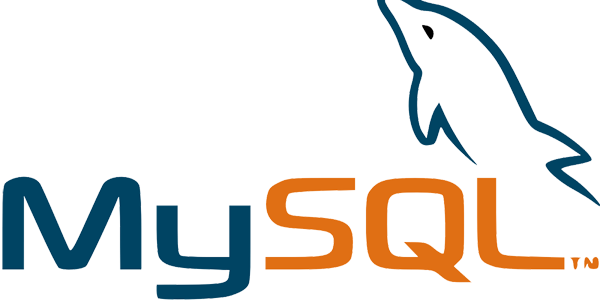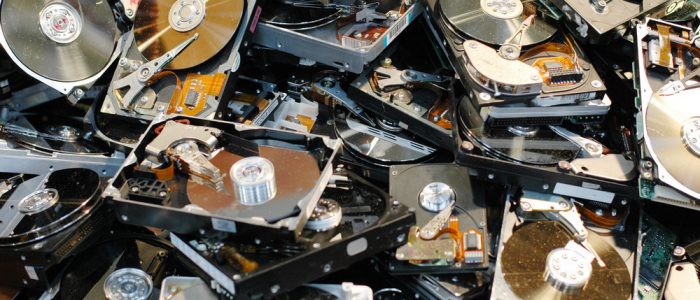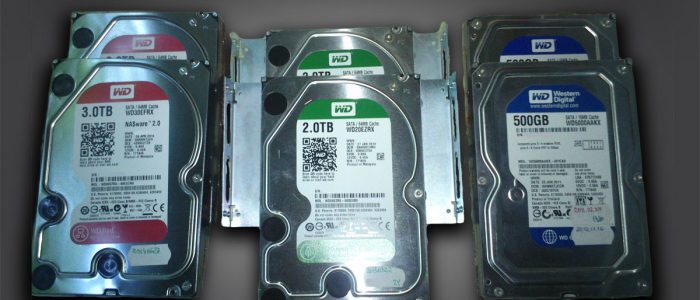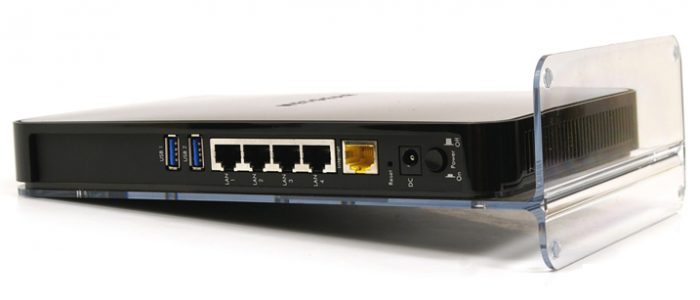Quickly limiting access to php scripts using .htaccess
Sometimes one needs to quickly block access to offending scripts – like for instance when a site has been hacked and malicious files have been uploaded to the account and are used to send out spam emails.
Apache provides a simple way to block out files from being accessible to visitors. And as most intrusions involve directly access hacked php files, the bit below will do wonders at blocking out those direct calls while leaving the main site fully functional (sort of).










